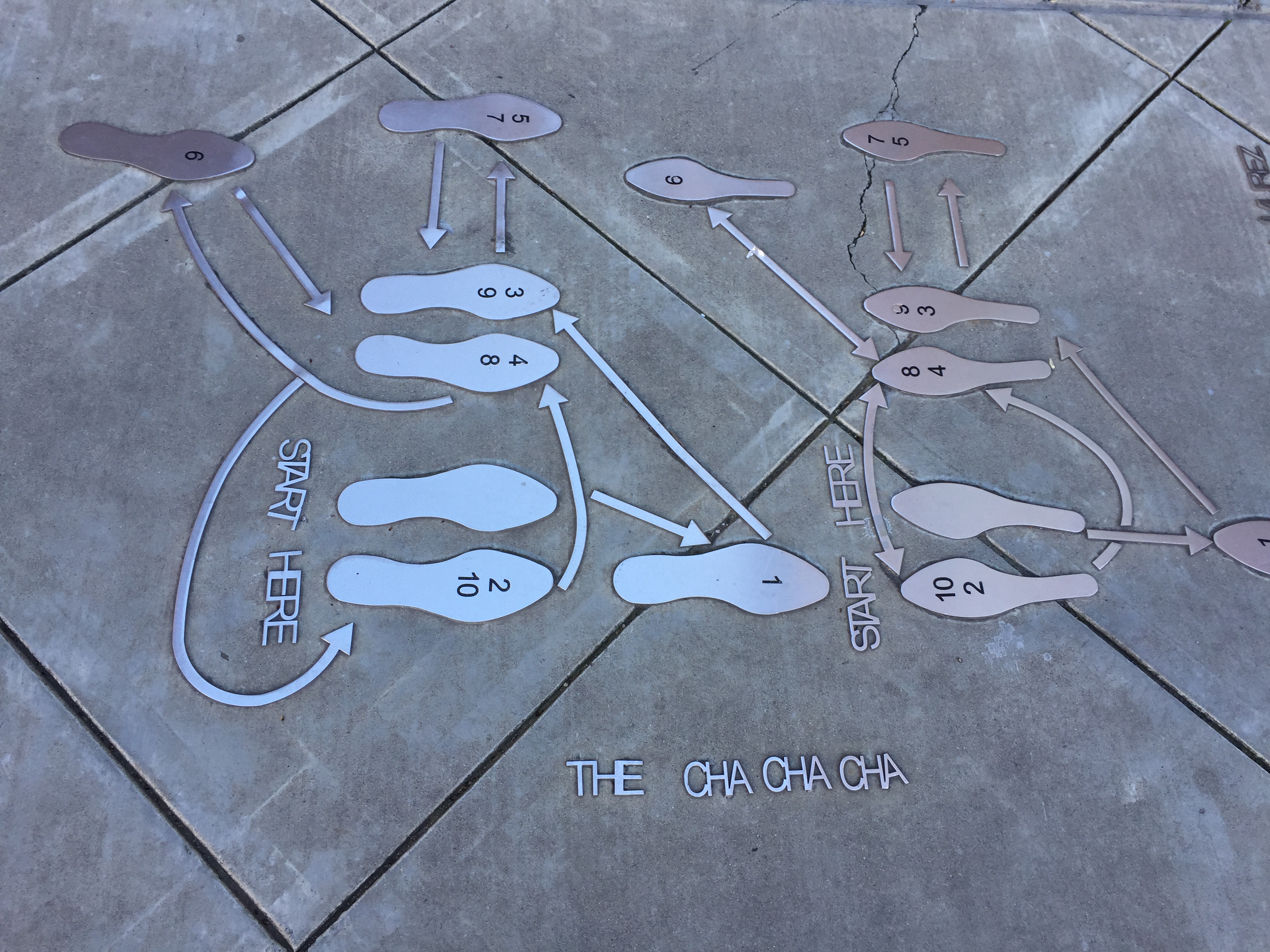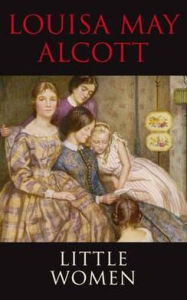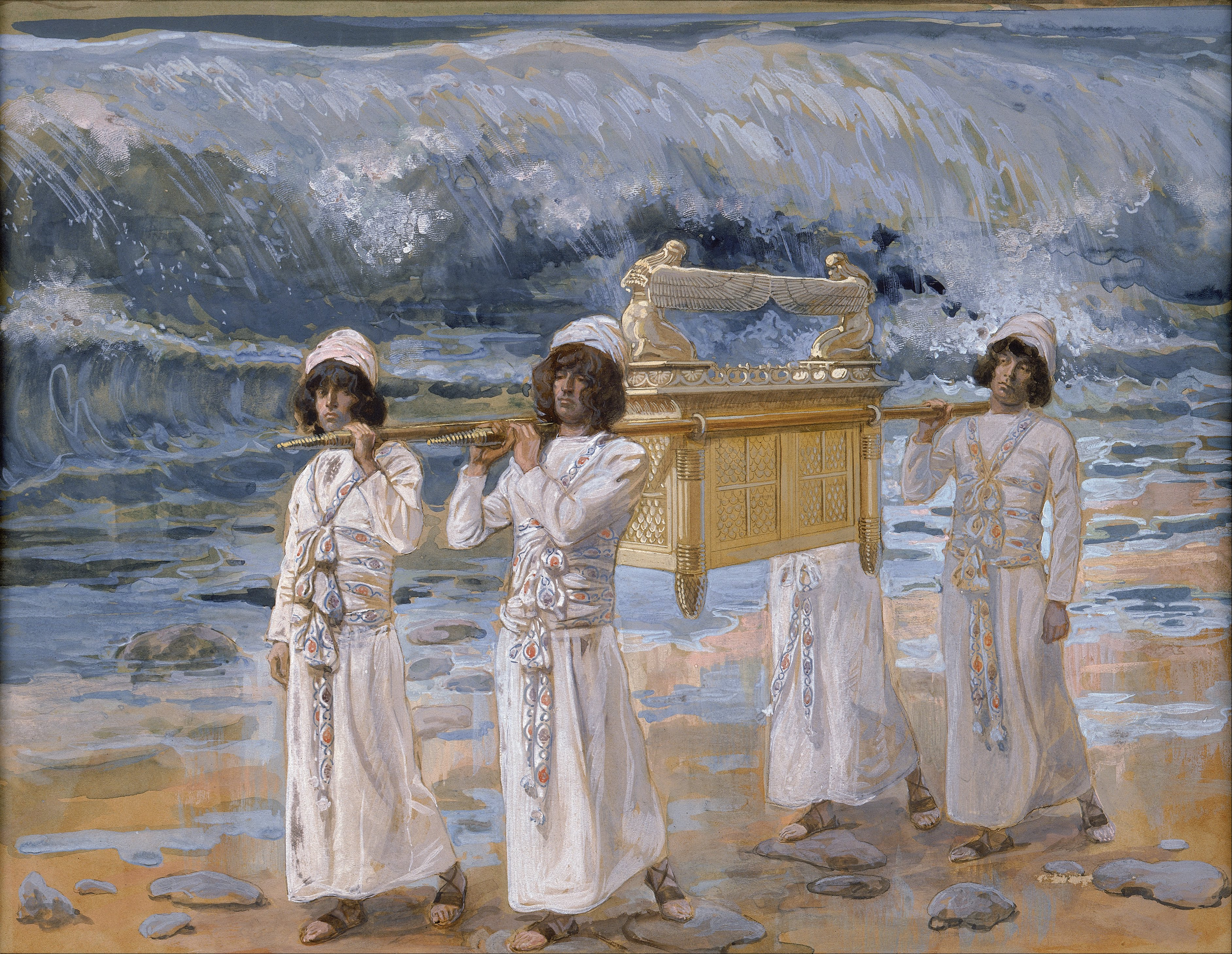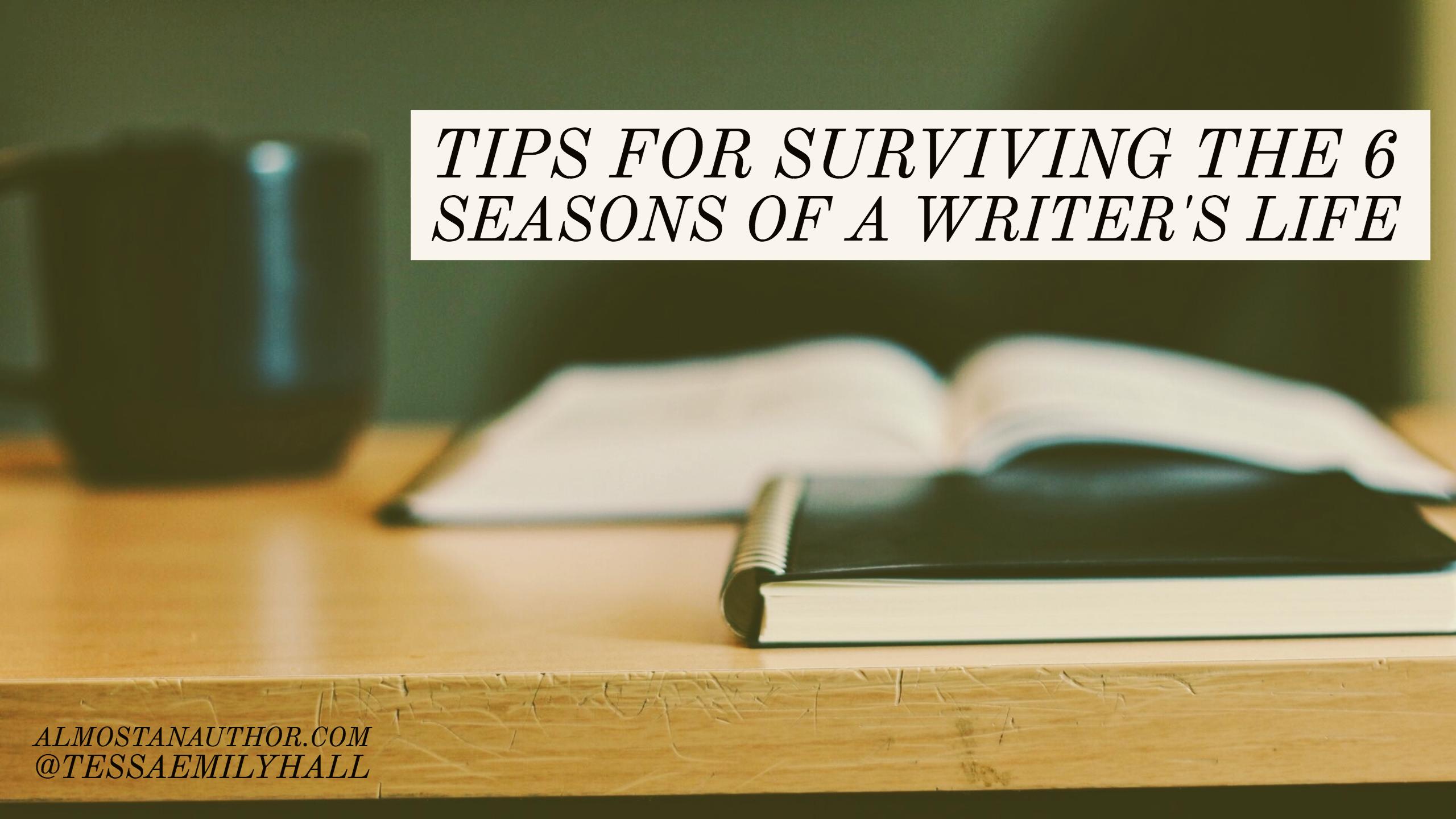
Writing With Disability -Featuring Writing of The Holy Bible – Part Three:
King David, Isaiah, Jeremiah: Inclusion of Their Sick and Crippled Picture a playground of children picking teams for…
July 27, 2017
King David, Isaiah, Jeremiah: Inclusion of Their Sick and Crippled Picture a playground of children picking teams for…
July 27, 2017
My favorite canine writer, Snoopy of Peanuts fame, received a boatload of rejection slips in his pursuit of a…
July 26, 2017
This month at Grammar and Grace we’re studying adjectives. Adjectives are words that tell something about a noun or…
July 18, 2017
Where do you get your inspiration? For me, it can something as simple as a “what if” question to…
July 16, 2017
So, I guess it’s ok for a writer to be a NASCAR fan—especially a Southern writer, right? I’m a…
July 10, 2017
I am a binge writer. I always have been, and I probably always will be. What is a binge writer you…
July 3, 2017
As languages go, English is fairly young. It’s been about 1400 years since the Anglo-Saxons imported English into Great…
June 27, 2017
A pronoun is a word that can take the place of a noun in a sentence which means…
June 17, 2017
Joshua J. Masters is a pastor, author (American Psalms), Christian speaker and artist. He currently serves as an Associate…
June 15, 2017
Magazine writing jobs sent straight to your inbox? Yes, it is true. I get them every morning. So how…
June 12, 2017
PENCON is hosted by The Christian Pen https://thechristianpen.com/ It has taken a year, but the new release by your favorite…
May 31, 2017
My husband and I recently spent a few days in Napa Valley. We stayed in a quaint Bed and…
May 20, 2017
by Sandra Merville Hart I was a teenager the first time I read Louisa May Alcott’s Little Women. A…
April 21, 2017
I frequently get asked the question of how I got published. Okay. I’ll tell. God placed the notion on…
April 20, 2017
As a former magazine editor and someone who has written for many publications, I’ve got good news. Every magazine…
April 12, 2017
If you are ministering through your writing, then I am certain that at some point in your ministry God…
April 4, 2017
You’ve written your masterpiece. Or at least a short story, novel, or essay you believe worthy of publication.…
March 26, 2017
By Sandra Merville Hart When it comes to research, contemporary writers have it so easy, right? I am teasing,…
March 21, 2017
As I was running trails with my dog one day, I was overcome with awe at the beauty, the…
March 20, 2017
Last time, I introduced the eight parts of speech. This time, we’ll focus on verbs. I’m beginning with the…
March 17, 2017
Please tell us about your most Recent Book As I’m pre-published, the book I’m currently shopping around is The…
March 15, 2017
If you’ve been in the industry long enough then you probably know by now that the writer’s life is…
March 8, 2017
Ann Pietrangelo is the author of No More Secs! Living, Laughing, Loving Despite Multiple Sclerosis, and Catch That Look:…
February 25, 2017
By Sandra Merville Hart A few family members came over to watch a movie this weekend. The dramatic…
February 24, 2017
Back in my carpool driving days, I discovered that if I arrived early for afternoon pickup, I’d get a…
February 22, 2017